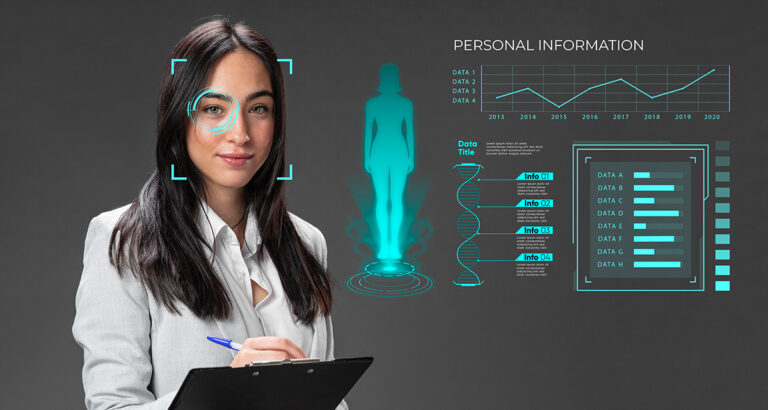For decades, the healthcare transaction was relatively straightforward. A patient walked into a clinic, described symptoms, received care, and left with a prescription or plan. But in 2025, the rules of engagement are rapidly changing. A parallel universe is taking shape—one where patients no longer just visit clinics, they enter experiences. Welcome to the medico-metaverse: a digital frontier where healthcare is immersive, interactive, and increasingly commercial in ways traditional medicine has never anticipated.
The term “metaverse” has been tossed around liberally across industries, from fashion to finance. In healthcare, however, it’s not simply a buzzword—it’s a seismic shift. Virtual clinics are now emerging as hybrid environments that simulate physical consultations, offer diagnostics through avatars, and even provide psychological support via AI-driven guides. But what’s particularly fascinating—and perhaps unnerving—for clinicians is the evolving currency of these platforms. These virtual ecosystems are no longer monetizing care alone. They’re monetizing attention.
In this new model, a patient’s time in the platform—their clicks, gaze, and micro-interactions—translates into data-rich behavioral footprints. These are valuable not just for clinical insights, but for monetization. Time spent engaging with educational content, health games, or lifestyle modules can be sponsored. Pharmaceutical companies are experimenting with ad placements inside virtual waiting rooms. Health insurers are exploring gamified reward systems where adherence to treatment plans unlocks premium discounts. Even wellness brands are piloting holographic product trials. In short, the longer a patient lingers, the more valuable they become—not just as a clinical subject, but as an attention asset.
This transformation is not theoretical. Several tech-health startups in the US, UAE, and South Korea have already launched fully operational metaverse clinics. Patients log in via headsets or browsers, navigate 3D lobbies, interact with AI triage nurses, and join virtual rooms for consultations that mirror the real-world ambience of a private practice. In many of these settings, time is carefully designed. Each corner of the experience is curated to keep the patient engaged, even after their clinical need is met.
From a patient’s perspective, this feels futuristic and empowering. The interfaces are smooth, wait times are shorter, and environments feel less sterile and more personalized. For example, a diabetic patient might enter a virtual “health garden” where their glycemic control is visualized as a growing tree. Tending to that tree by logging meals, walking steps, or completing video check-ins offers a sense of gamified agency. For pediatric patients, avatars turn hospital-like environments into animated adventures. But make no mistake—these layers are not purely educational or therapeutic. They are built to retain engagement—a metric now as critical as patient satisfaction.
For clinicians, the implications are complex. On one hand, virtual clinics offer unparalleled reach. A doctor sitting in Mumbai could consult a patient in Dubai with full immersive context, complete with haptic feedback and biometric overlays. The boundaries of geography and even specialty are dissolving. Multilingual avatars translate in real-time. AI co-pilots assist with documentation and preliminary diagnoses. The efficiency is dazzling.
But on the other hand, physicians are finding themselves inside a new kind of performance space. Consultations may be recorded, rewatched, analyzed—not just for quality control, but for optimization. Some platforms are introducing “attention analytics” dashboards where doctors can see how long a patient looked at their avatar’s face, which health modules they hovered over, and what distracted them. The physician becomes both healer and content creator—tasked with delivering care that is not only effective but engaging.
There is, of course, a darker undercurrent. As attention becomes a monetized asset, the line between care and commerce blurs. Will patients start receiving nudges for premium content or sponsored advice under the guise of health education? Will algorithms begin to prioritize the most engaging clinicians over the most experienced ones? Can patient autonomy survive in a system where design nudges and behavioral economics subtly guide health decisions?
Regulation is still catching up. Medical councils have yet to define standards for virtual conduct, jurisdiction in cross-border metaverse consultations, or transparency requirements for monetized patient interactions. Ethical frameworks are being debated, especially around the use of biometric data, attention tracking, and psychological profiling. In countries like the UAE, digital health regulators are pushing for sandbox trials to understand how traditional laws apply in virtual environments.
Despite the uncertainties, the medico-metaverse is not a passing trend. It is evolving into a permanent extension of healthcare’s digital skin. For physicians, this means mastering a new form of clinical literacy—one that blends medical expertise with spatial communication, behavioral design, and digital empathy. It also means confronting the tension between being a provider and being a participant in a system that profits not just from healing, but from holding attention.
The future clinic may not have walls, but it will have borders—between care and content, between trust and influence, between presence and performance. Navigating this space will require more than adaptation. It will require reflection. As doctors, the question is no longer can we enter the medico-metaverse. It is: how do we do so without losing the soul of care?





